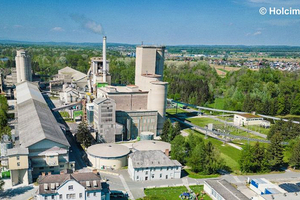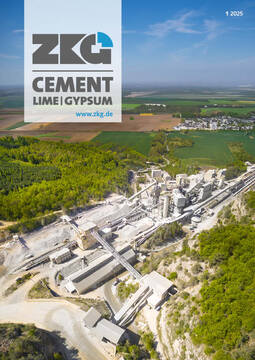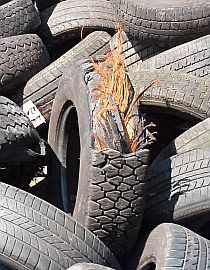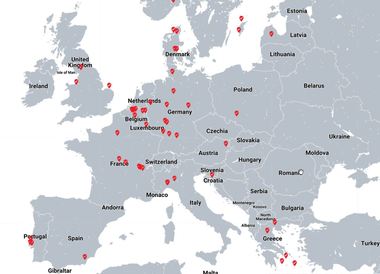Cement co-processing of End-of-Life composites avoids up to 1 t of CO2 emissions per t processed
Cembureau’s nine industry associations have commissioned SGS Intron to prepare a Life Cycle Assessment (LCA) report exploring the environmental impacts of treating End-of-Life (EoL) composites by co-processing in a cement facility.
The independent and peer-reviewed LCA report confirms the positive environmental impact of this end-of-life solution for glass fibre reinforced thermoset composites which are used in various applications, including the automotive, construction, wind and recreational boating sectors.
The report reveals that each ton of EoL composite waste treated in a cement facility saves up to 1 t of CO2 compared to traditional waste incineration methods. On the one hand this process of cement co-processing avoids emissions from waste incineration (approximately 500 kg of CO2 / t of EoL composites) and on the other hand it reduces emissions from cement production by approximately 330 kg CO2 / t of EoL composites resulting in an average combined emission saving of 830 kg CO2.
Above savings are weighted average for various compositions of End-of-Life composites. Depending on the End-of-Life composites material composition, the actual saving can vary from 560 up to 1130 kg CO2.
In addition to CO2 savings, cement co-processing of composites offers two other significant benefits that lower the environmental footprint of the cement industry:
Reduced need for virgin raw materials by recovering the glass fiber fraction of EoL composite
Reduced need for fossil energy sources by the efficient recovery of the energy content from the resin fraction
With the publication of this report, Cembureau’s associations call on the decision-makers to recognize cement co-processing as recycling process for its mineral fraction. This recognition would be highly beneficial, accelerating the adoption of this existing solution to process EoL composites and fostering the development of a sustainable waste collection system for EoL composites.
Having such a collection system in place will pave the way for other circular technology solutions that currently lack the necessary waste stream visibility to attract the public and private investments needed for expansion. Cembureau’s associations continue to collaborate in support of all sustainable recycling solutions for EoL composite materials. The association calls on EU policymakers to help build a supply chain for circular solutions to treat EoL composites.






